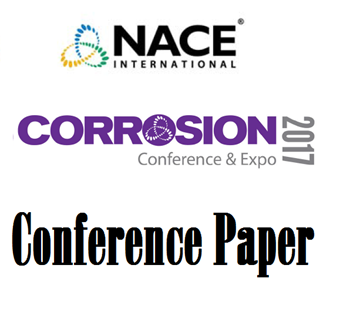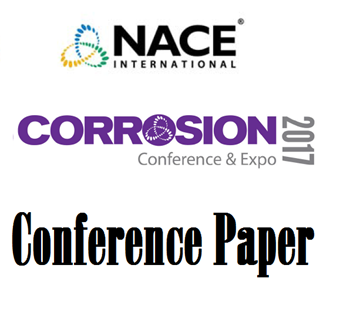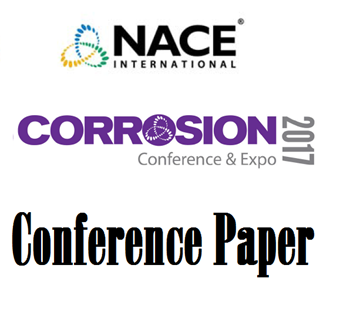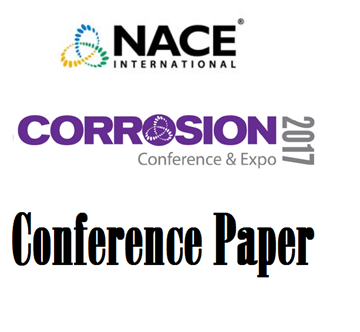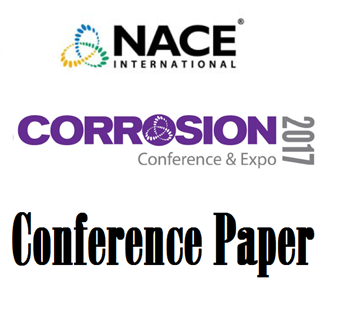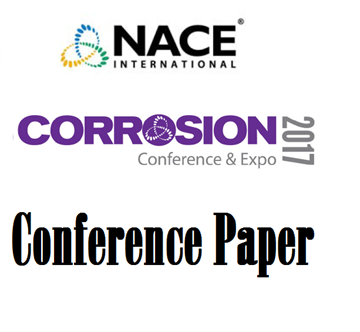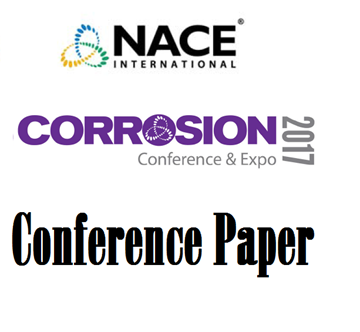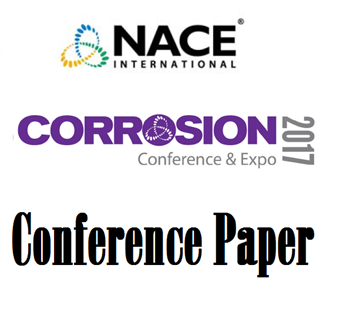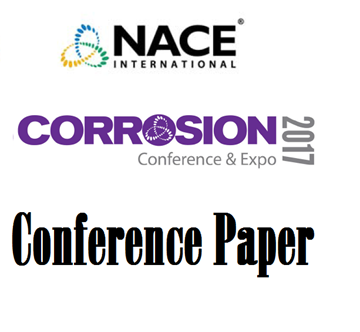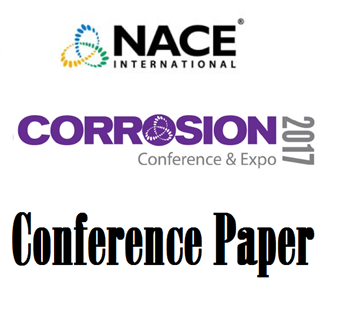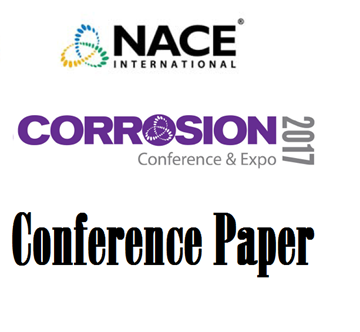Search
Products tagged with '2017 Conference Papers'
View as
Sort by
Display
per page
51317--9772-Coastal Environmental Field Trial of an Overhead Power Transmission Conductor
Product Number:
51317--9772-SG
ISBN:
9772 2017 CP
Publication Date:
2017
$20.00
51317--9776-MIC-Resistant HDPE Lining for Seawater Applications
Product Number:
51317--9776-SG
ISBN:
9776 2017 CP
Publication Date:
2017
$20.00
51317--9778-Reliability Assessment of Corrosion Features Interacting with Pipeline Dents
Product Number:
51317--9778-SG
ISBN:
9778 2017 CP
Publication Date:
2017
$20.00
51317--9779-Pitting Corrosion in AZ31 Magnesium Alloy in Potassium-Based Electrolytes
Product Number:
51317--9779-SG
ISBN:
9779 2017 CP
Publication Date:
2017
$20.00
51317--9780-Development of Test Methods and Factors for Evaluation of Oilfield Corrosion Inhibitors at High Temp
Product Number:
51317--9780-SG
ISBN:
9780 2017 CP
Publication Date:
2017
$20.00
51317--9781-Investigation the Pitting Resistance of SS304 and SS316L in Neat Chemical Products Using EIS
Product Number:
51317--9781-SG
ISBN:
9781 2017 CP
Publication Date:
2017
$20.00
51317--9784-High Temperature Coking Resistance of an Alumina Forming Alloy
Product Number:
51317--9784-SG
ISBN:
9784 2017 CP
Publication Date:
2017
$20.00
51317--9785-Oxidation Kinetics of Cast Alumina-Forming Austenitic Alloys in Steam
Product Number:
51317--9785-SG
ISBN:
9785 2017 CP
Publication Date:
2017
$20.00
51317--9786-Risk Analysis for Assessing AC Corrosion in Trasnmission Pipelines
Product Number:
51317--9786-SG
ISBN:
9786 2017 CP
Publication Date:
2017
$20.00
51317--9789-Electrochemical Studies of Open-Circuit Potential Drift of Carbon Steel in Nuclear Waste Simulants
Product Number:
51317--9789-SG
ISBN:
9789 2017 CP
Publication Date:
2017
$20.00
51317--9796-Alignment of Reject/Ranking Criteria With Mitigation Methods and its Impact on O&M Funds
Product Number:
51317--9796-SG
ISBN:
9796 2017 CP
Publication Date:
2017
$20.00
51317--9799-Glassflake Composite Linings For Protection Of Oil Process Vessels and Process Pipework
Product Number:
51317--9799-SG
ISBN:
9799 2017 CP
Publication Date:
2017
$20.00

